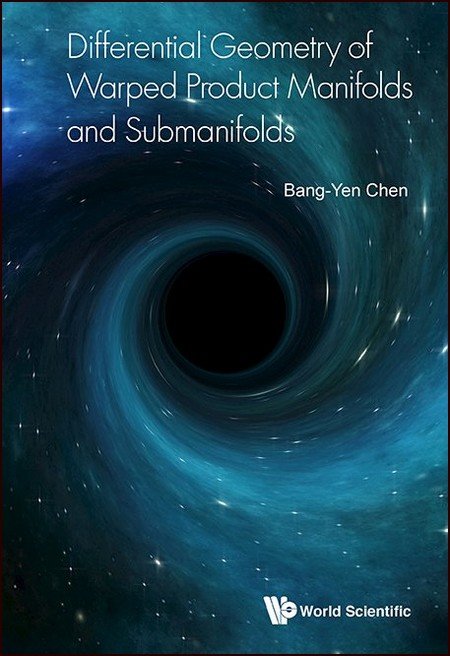Chapter 1: Riemannian and Pseudo-Riemannian Manifolds
Riemannian geometry was first put forward in generality by B. Riemann in the middle of nineteenth century. Riemannian geometry, including the Euclidean geometry and the classical non-Euclidean geometries as the most special particular cases, deals with a broad range of more general geometries whose metric properties vary from point to point.
Under the impetus of Einstein's Theory of General Relativity, the positiveness of the inner product induced from Riemannian metric was weakened to non-degeneracy. Consequently, one also has the notion of pseudo-Riemannian manifolds.
Development of Riemannian geometry resulted in a synthesis of diverse results concerning the geometry of surfaces and the behavior of geodesics on them, with techniques that can be applied to the study of differentiable manifolds of higher dimensions. It enabled Einstein's general relativity theory, made profound impact on group theory and representation theory, as well as analysis, and spurred the development of algebraic and differential topology. Since every manifold admits a Riemannian metric, Riemannian geometry often helps to solve problems of differential topology. Most remarkably, by applying Riemannian geometry, G. Y. Perelman proved Thurston's geometrization conjecture in 2003; consequently solved in the affirmative famous Poincaré's conjecture posed in 1904.


